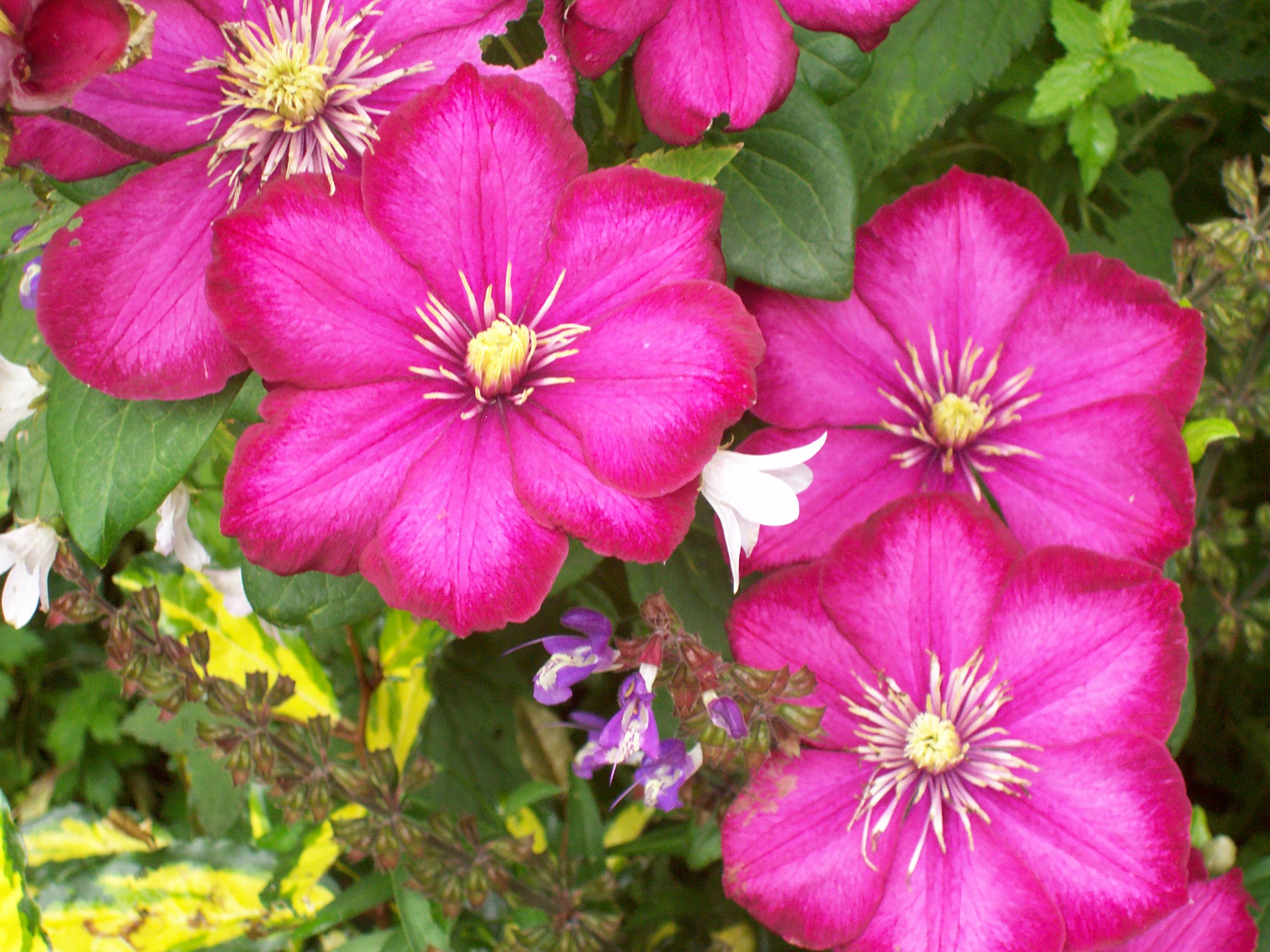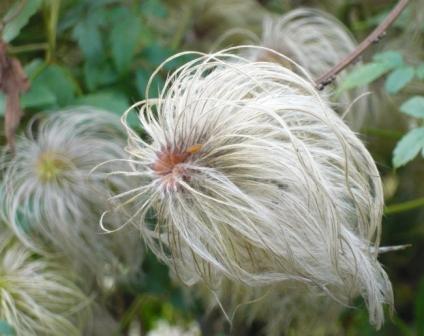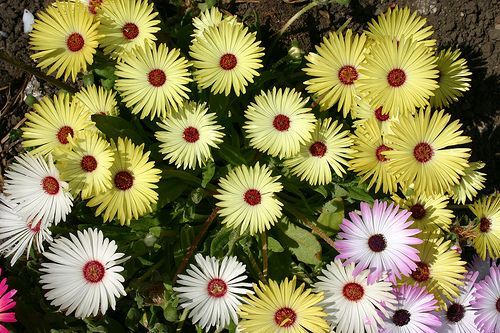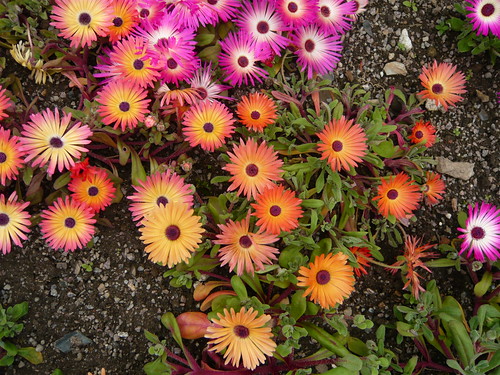”3 Hearty Cheers for Gardener’s Drinks”
Update to post 7 Feb 2011
More Garden Drinks That Cheer
- How could I miss my favourite home grown alcoholic beverage Cider. I am in too much hurry to wait for home brewed cider and buy copious quantities made from UK grown apples.
- Following that theme there is numerous fermented fruit and garden produce to make home made wine and tisanes.
- Plum brandy, Potato potcheen and other distilled liqueurs owe there existence to garden produce
- Lastly but not least, hops and malted barley make a fine drink when combined with yeast.

”1. Tea – Camellia sinensis
A native of China, tea leaves were delivered around the world in Clipper ships, created the furore at the Boston Tea Party during the American war of independence and still provides badly paid work for workers in India, Sri Lanka, Kenya and China.
The small trees have been grown in China for over 4000 years. They are generally pruned to a low bush to encourage more bud and leaf thus making picking easier. It is the young leaves and buds that are used to make the tea. Black tea, Green tea, Oolong and even White tea are made from the same plant, the difference is in the oxidisation during drying.
Camellia sinesis is related to our floral camellias but it is the leaves not the flowers that they are grown for. The plants grow and produce well even up to 1500 meters in the Himalayan foothills and mountains of south east Asia.
Char ladies made tea for umpteen tea breaks and many a soldier had his Chai to drink from a metal cup. That is nothing to the reverence of the Tea ceremony of Japan and China
2. Coffee – Coffea arabica or robusta
Of 90 different species of coffee plant arabica is the most economically important accounting for 70% of world coffee production. Originally from Yemen and Ethiopia the plant was therefore named arabica by Linneaus in 1753.
Coffee trees produce red or purple fruits called “cherries” that contain two seeds, the so-called “coffee beans”. These seeds are then roasted and ground to make our Latte, Americano or Espressos. Brazil, Columbia and Java are now large producers of coffee on trees that can continue to produce for 50 years.
The first coffee houses were recognised as such in Venice in the 17th century but had previously operated in Turkey and Arabia as meeting venues. With the advent of the Starbucks this institution and coffee consumption has gone global.
A shame the producing countries and millions of subsistence farmers do not seem to get a fair share of the financial gains.
3. Grape – Vitis vinifera
Vitis grow on vines or Liana and the fruit is known as a grape. The berries ripen dark purple to blackish from a small, pale wax bloom. In wine making the length of time the skin is left with the juice will dictate the colour.
The red skin contains the tannins and oxidising chemicals that make good red wine. There are 60 species of Vitis in cultivation and whilst the Northern hemisphere is the origin there are now good vineyards in Australia, New Zealand, South Africa and South America.
Vitis vinifera has been dated to over 130 million years ago with the human relationship to the plant dating from the Neolithic period. Ancient Egyptians ate grapes, made wine and recorded vines in hieroglyphics.The Greeks brought wine to the western world and who can forget images of Roman orgies where wine and grapes took their part.
‘And Noah he often said to his wife when he sat down to dine,
‘I don’t care where the water goes if it doesn’t get into the wine’.
note
The only one of the liquid triumvirate that will grow in the UK is the grape although Cornwall may boast an occasional Camelia senesis”


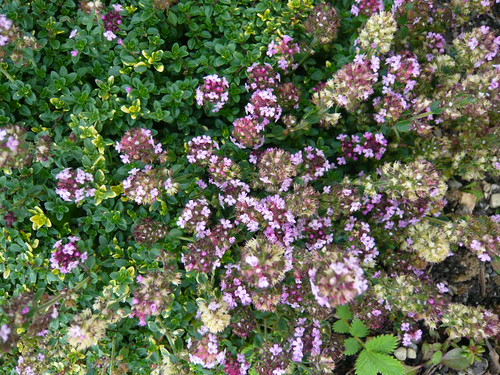




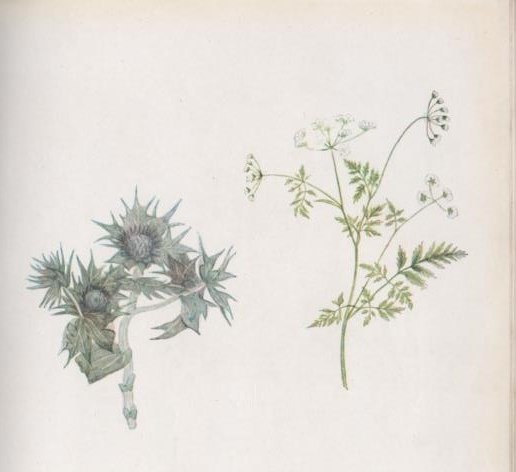
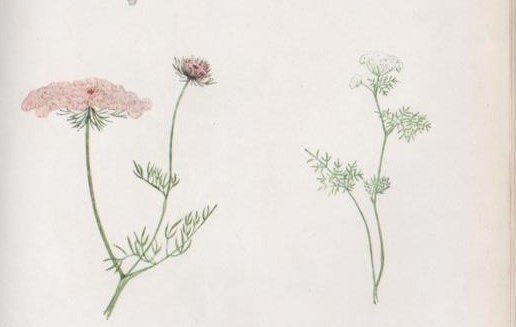
 Positives for Clematis
Positives for Clematis